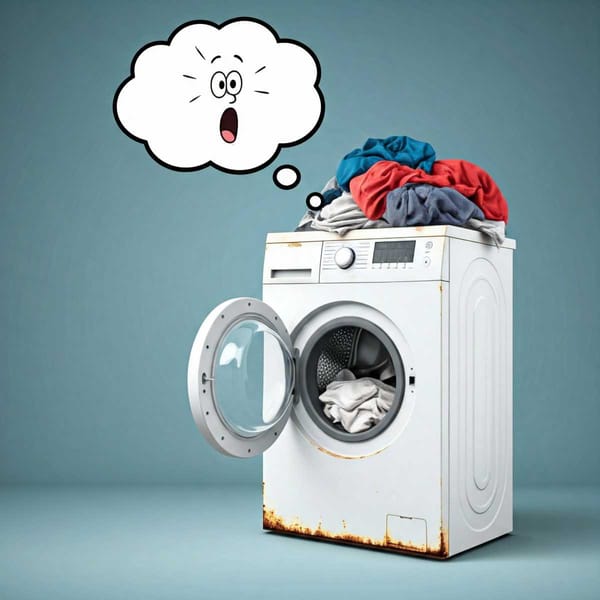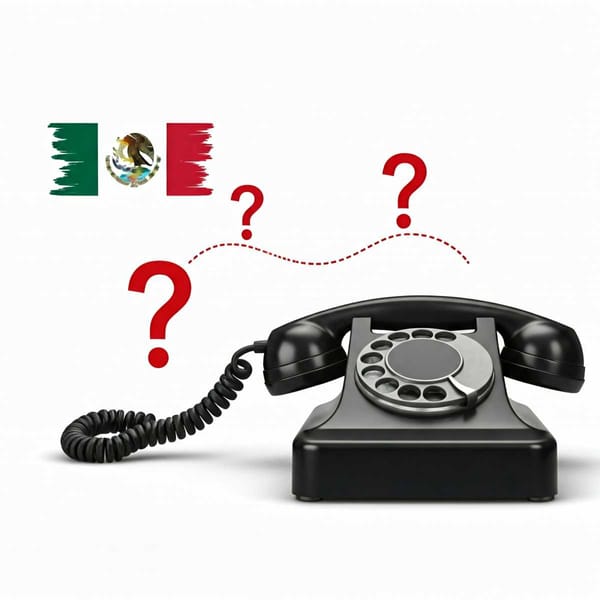Seafood: nutritious, healthy, and inexpensive
Seafood is a very nutritious and healthy food. If your excuse for not eating them is their price, there are species at very affordable prices.

Mexico's eleven thousand kilometers of coastline and six thousand five hundred square kilometers of national waters provide fresh, high-quality fish and aquaculture production of more than 300 edible species throughout the year. During this Lenten season, approximately 250 thousand tons are expected to be marketed: 100 thousand in Mexico City and the Metropolitan Zone and 150 thousand in the rest of the country, according to data from the National Commission of Aquaculture and Fisheries (Conapesca).
The different edible species produced in the country are sold in the market not only in their fresh state but also in other presentations: dried, in brine, frozen, canned, smoked, and even ready to heat and eat. In addition, they can be cooked in a thousand and one ways: steamed, roasted, fried, grilled, wood-fired, microwaved, boiled, braised, poached, baked, marinated, marinated, battered, papered, in mixiote, etc.
Nutrients and benefits of seafood
For more than a century, it has been known that fish and shellfish are rich sources of nutrients: proteins, minerals (calcium, iron, potassium, sodium, selenium, magnesium, and iodine), and vitamins (A, D, E, B1, B2, B3, B12). However, the study of omega 3 fatty acids and the role they play in metabolism began in the 1920s.
Of all the foods, fish and shellfish are the richest in Omega 3 fatty acids known as EPA and ADH, a lipid that is beneficial for the body. Due to their fat content, fish are classified into three groups: Lean or white: fat content less than 2%. Semigrase: more than 2% and up to 5%. Fat: fat content greater than 5%, it is known as bluefish.
The protein contained in fish and shellfish is of high biological value like that of meat, that is, they contain all the essential amino acids that the body requires in adequate proportions. However, they are more easily digested than any other animal protein and are low in carbohydrates. Among its main benefits, numerous studies have shown that its fats help the health of the heart, brain, and retina.
Although the caloric intake of fish and shellfish is relatively low, ranging between 68 and 205 Kcal per 100 grams, it can be greatly increased depending on how it is cooked. So you decide how many calories you want to consume.
Recommendations
Here are some characteristics that can help you detect if the fish is fresh and in good condition. If you buy it whole, it is easier to detect its condition than if you buy it filleted.
Bright eyes, should not be sunken, opaque, or whitish.
The flesh should feel firm to the touch and when you press it, it should not be submerged or fall apart when rubbed with your fingers.
Moist appearance, shiny skin, and scales well adhered to the body and attached.
The color of the gills should be pink or reddish.
The odor should be mild, if it gives off an ammonia smell it means that the fish has decomposed.
As with fish, one of the characteristics of shellfish is that the flesh should be firm to the touch and the smell should be mild and sea-like.
In the case of shellfish with shells such as lobster, crab, shrimp, etc., the shell should be hard and flexible to the touch.
When the claws of the crab or crab are stretched, they should return to their original position.
The shrimp should keep the head and legs firm to the body, not easily detached, and not show black or grayish rings on the surface of the body.
Clamshells should be complete and tightly closed. A hollow sound should be heard when the shells are tapped together.
If you buy oysters in jars, check that they are dark gray and concentrated at the bottom of the container.
Purchase fish and shellfish in established stores that have the necessary equipment for proper preservation.
Be careful with the transportation of the product, since decomposition is faster than that of any other perishable product.
Place seafood and fish in the refrigerator or freezer immediately after purchase, depending on the time it will take to eat them.
Remember that the time to consume them after purchase is a maximum of three days.




